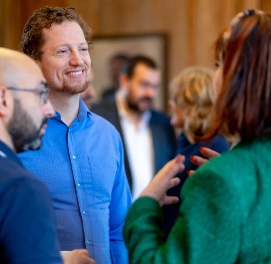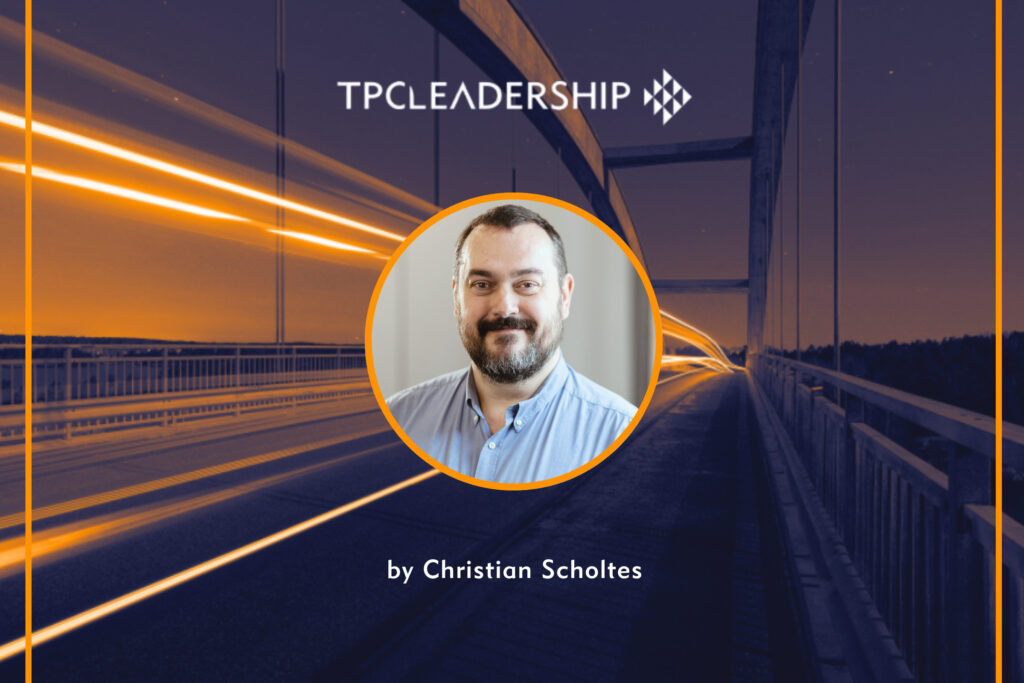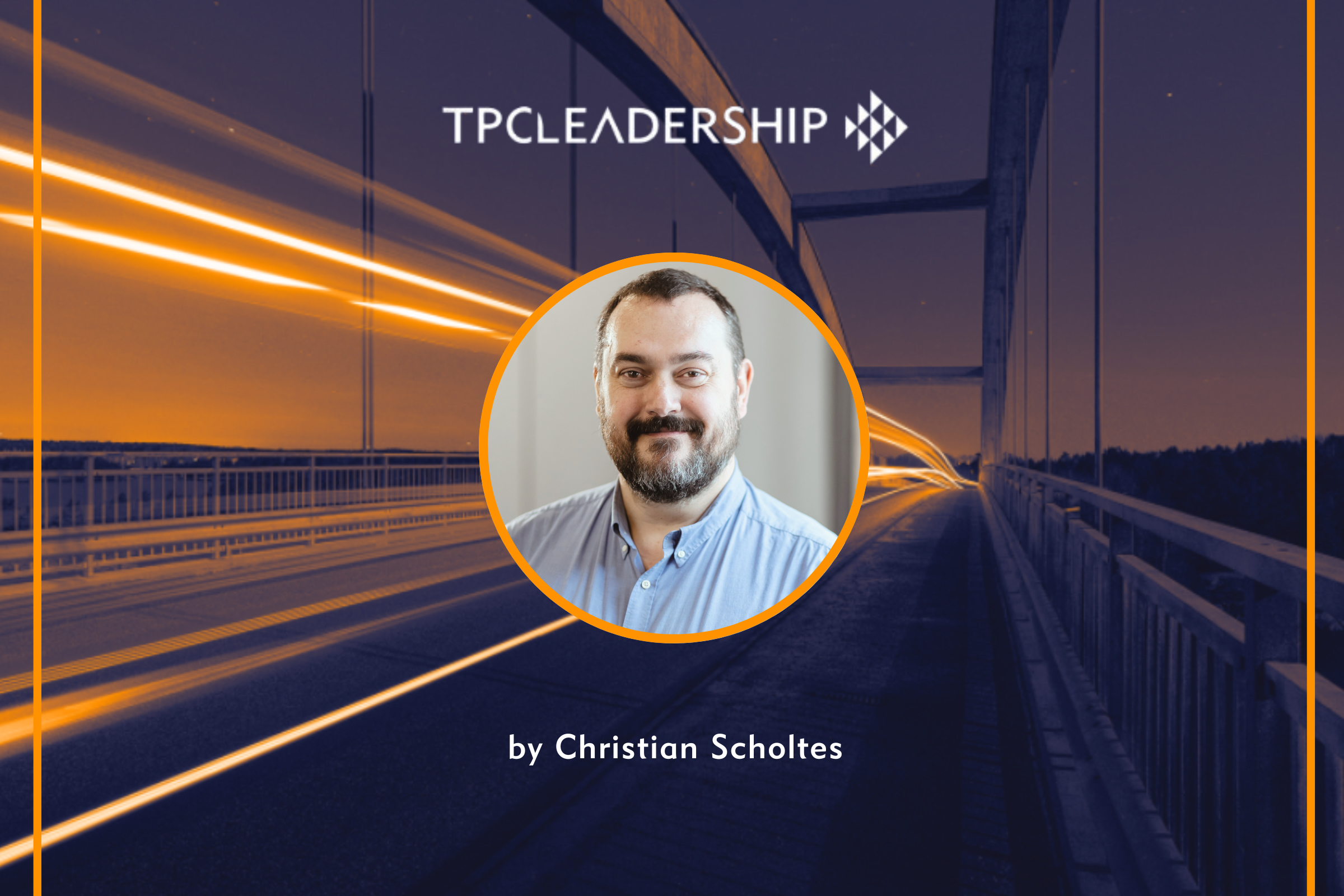Over the last year, we’ve all had to become much more familiar with meeting virtually. For us at TPCL, this is nothing new. With offices in 15 countries around the world, much of our internal communication has been online in one form or another.
But what about when you need to go beyond a standard meeting with just a few people and host a larger event? That was the challenge we faced as we planned our 20th birthday celebrations, which we’d always expected to hold face-to-face.
How to bring more than 100 team members, clients and partners representing 80 countries together in a way that would allow each individual to engage meaningfully with the event? What follows is what we learned about how to successfully hold a virtual international round table.
Forget the rules
There is a temptation, when organising an event, to want to control each moment in order to ensure it is a success. But to have a truly democratic meeting of minds it is important to set many traditional rules and preconceptions aside.
We deliberately chose a round table structure for our event because this by definition puts each individual side by side as equals, breaking down barriers and enabling collaboration. As one of our hosts explained as we got started, “In the circle, everyone can participate on an equal footing.”
The circle is a format that people have been using for centuries. It is the palaver under the African trees, the powwow of the Native Americans, the discussion table at the UN. There was very little in the way of traditional leadership here, just facilitators.
These facilitators did not have an agenda through which to guide delegates. Instead, following the Open Space Technology (OST) format developed by Harrison Owen in the 1970s, we co-created the agenda by allowing each person to put forward topic ideas on the day.
With COVID-19 having isolated people in a unique way, we wanted to hold an event that would create a sense of belonging, while also helping us shape the next 20 years of TPC Leadership. OST is often used to address complex issues with many parties involved – including at NASA and Unicef.
The goal for us in creating our own OST event was simple. To allow the issues most important to us as a business to emerge. To give each stake-holder (including clients!) a chance to share their views and ideas. And to create a sense of genuine ownership and purpose that a top-down conference cannot hope to achieve.
But don’t forget to plan
While OST events are not planned in the traditional sense – there’s no need to line up speakers, for example, or detail an agenda – it does still take a degree of organisation. It is important to think about the practicalities of how people will participate and have structures in place that allow for freedom of thinking, discussion and interaction.
We knew in advance that we would have two discussion sessions, then a chance to reflect on what had been discussed, followed by a final session in which people could put forward ideas for new projects for us as a business.
In order to allow participants to put forward ideas and topics virtually, we created a simple live Google Doc with predefined spaces in which people could type in the ideas they wanted to discuss. Each space corresponded to a breakout room where a given idea would be addressed as the subject matter of a mini workshop.
Participants coming forward with ideas had one primary responsibility which was to ‘be’ in the breakout room to kick-off the exchanges. Each space was given a name – we chose musicians from around the world – which was reflected in the name of a Zoom breakout room.
This meant that, after a period of putting ideas forward, each participant was able to move to the breakout room – and topic – that most interested them. There, the person who had suggested the topic could facilitate the discussion, with notes being taken in an appropriate space on the same Google Doc so that we would have a co-created record of the event.
On the day we had two ‘front of house’ hosts to introduce the format and two more behind the scenes ensuring the technology worked correctly and answering any questions. But there were very few issues to overcome. It’s amazing how well things work when you empower people to take ownership in an event.
Trust the process
Of course, OST facilitation is not a common way to hold an international event and we recognised that some people might feel anxious at the lack of structure. For many of us being told what to do and when is a more comfortable place to be. It’s important to address these concerns openly.
Rather than leave anyone in a state of anxiety, we addressed the elephant in the room straight away by explaining the four rules of OST. Don’t worry about whether anyone shows up to your room, our hosts urged. Instead trust that the people who come are the right people – and if you are left on your own, take it as an opportunity to reflect quietly on the topic you’re interested in.
Know too that whatever happens is the only thing that could happen. Don’t try to exert control over proceedings. Whenever it starts, that’s the right time for it to start. And when it’s over, it’s over. And that’s ok.
We were also encouraged to use the “law of two feet”. Rather than stay in a room too long, our hosts said, recognise the moment when you have stopped learning or no longer have anything useful to contribute and move to another room.
Pollinate and/or be attentive to your own needs
This was the invitation from the facilitators. In an OST you’re free to contribute, reflect, think, feel, eat or grab a cup of coffee whenever you want to.
Don’t be afraid to be bees who cross-pollinate ideas by moving from space to space. And don’t judge the “butterflies” who may appear to perch quietly in one place without saying much, but are just as involved in their own way.
A truly successful roundtable event is one in which everyone is empowered to contribute and to lead themselves rather than needing to be told what to do. But that involves giving them permission to do just that. It’s counterintuitive for many of us, but incredibly powerful as we embrace it.
The TPCL 20th anniversary event was, in the words of those who attended, a huge success. Look out for our next post where we’ll be sharing some feedback from those who participated in the event.
And if you want to learn more about how to leverage the potential of OST within your organisation , don’t hesitate to get in touch.
@ TPCL (2021)





